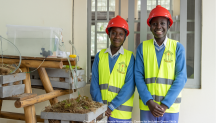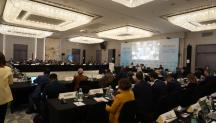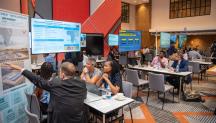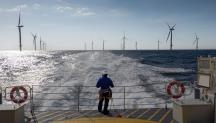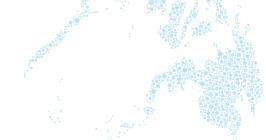
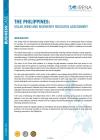
The Philippines: Solar, Wind and Bioenergy Resource Assessment
Newsletter
Like an increasing number of countries around the world, the Philippines has adopted clear targets for the adoption of solar, wind and bioenergy-based power systems, with project development already underway in some cases. However, large-scale development of these sustainable, renewable energy types, particularly the country’s substantial solar energy potential, will depend on validated resource maps to identify sites of major interest.
The Philippines: Solar, Wind and Bioenergy Resource Assessment advocates a “hotspots” approach to resource mapping for the country, making use of the increasing accuracy of modelled and simulated resource data. Assessments combine such data with maps showing distance to the electrical grid, population density, topography, land cover and protected areas.
The first in a series of “business cases” from the International Renewable Energy Agency (IRENA), the paper highlights the need for thorough and systematic resource assessments to support the energy transition. It also presents opportunities for donors to invest in resource mapping in identified hotspot areas, in order to obtain validated – and bankable – maps for project developers and investors.
Such studies also enhance the value that can be derived from the Global Atlas for Renewable Energy, a free online resource assessment tool provided by IRENA in partnership with over 60 countries and numerous other partners worldwide.
